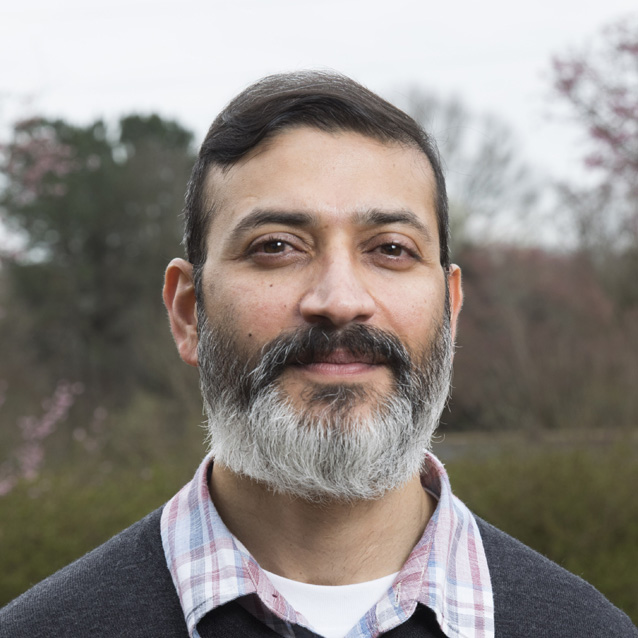RBC Members
-

In the Lab One of the major challenges in neurobiology is understanding the cellular and molecular mechanisms underlying development of the vertebrate central nervous system (CNS). Research in our laboratory seeks to elucidate these mechanisms by studying development of the vertebrate forebrain and visual system. We study these systems by taking advantage of mutations that…
-

In the Lab The Kner Lab develops new techniques for improving the resolution of three-dimensional fluorescence imaging. We are interested in combining different super-resolution techniques (structured illumination, STORM) with adaptive optics and light-sheet microscopy for obtaining sub-diffraction resolution throughout model organisms such as C. elegans and zebrafish. Research Interest Links
-

In the Lab Tissue engineering and in particular cell-surface interactions with applications in the development of cell-based biosensors and/or assays for high throughput screening (HTS). Renewable energy utilization at the bottom of the economic pyramid with emphasis on biogas-powered cooling. Global service learning with emphasis on long term effects, well after graduation. It was found…
-

Post-doctoral fellow University of California Los Angeles, 2010 PhD Pennsylvania State University, 2002 M.S. Pennsylvania State University, 1998 B.S. Konkuk University, 1992 In the Lab Mesenchymal Stem Cells (MSCs) are powerful multipotent progenitor cells that are present in many tissues, such as blood, bone, adipose tissue, muscle, and cartilage. MSCs exist during embryonic development and…
-

Ph.D., The University of Georgia M.S., Griffith University, Brisbane, Australia B.S., Bangalore University, Bangalore, India In the Lab Carbohydrates are an important and often underappreciated class of biological macromolecules that play important roles in development, and in repair and regeneration post-injury. Defects in carbohydrate biosynthesis and alterations in carbohydrate composition are known to result in…
-

Diplomate, American College of Veterinary Pathologists PhD (1986) The University of Georgia DVM (1978) Michigan State University In the Lab Waterfowl are considered the natural reservoir of low-virulence Newcastle disease viruses (loNDVs) and low-pathogenic avian influenza viruses (LPAIVs). The objective of this study was to investigate the effect of co-infections with loNDV and LPAIV on…
-

In the Lab Blood/material interaction is critical to the success of implantable medical devices, ranging from simple catheters, stents and grafts, to complex extracorporeal artificial organs which are used in thousands of patients every day. There are two major limiting factors to clinical application of blood contacting materials: 1) platelet activation leading to thrombosis, and…
-

In the Lab Tissue engineering research aims to develop biological substitutes for damaged or diseased tissues, most often using a combination of autologous cells obtained from healthy patient tissue and biomaterial scaffolds that support cell growth and subsequent tissue formation. A large proportion of tissue engineering research is focused on bone tissue engineering to yield…
-

Ph.D. Biochemistry, Virginia Commonwealth University 2008 M.S. Biology, Virginia Commonwealth University 2005 B.S., Biology, College of William and Mary 2002 In the Lab Medical treatments such as chemotherapies, exposure to environmental and industrial toxicants, and injury have all been shown to cause male factor infertility resulting in a complete loss of sperm production. To date,…
-

B.S., University of Florida Ph.D., University of Florida In the Lab Efforts to develop stroke treatments have met with limited success despite an intense need to produce novel treatments. The failed translation of many of these therapies in clinical trials has lead to a close examination of the therapeutic development process. One of the major…
